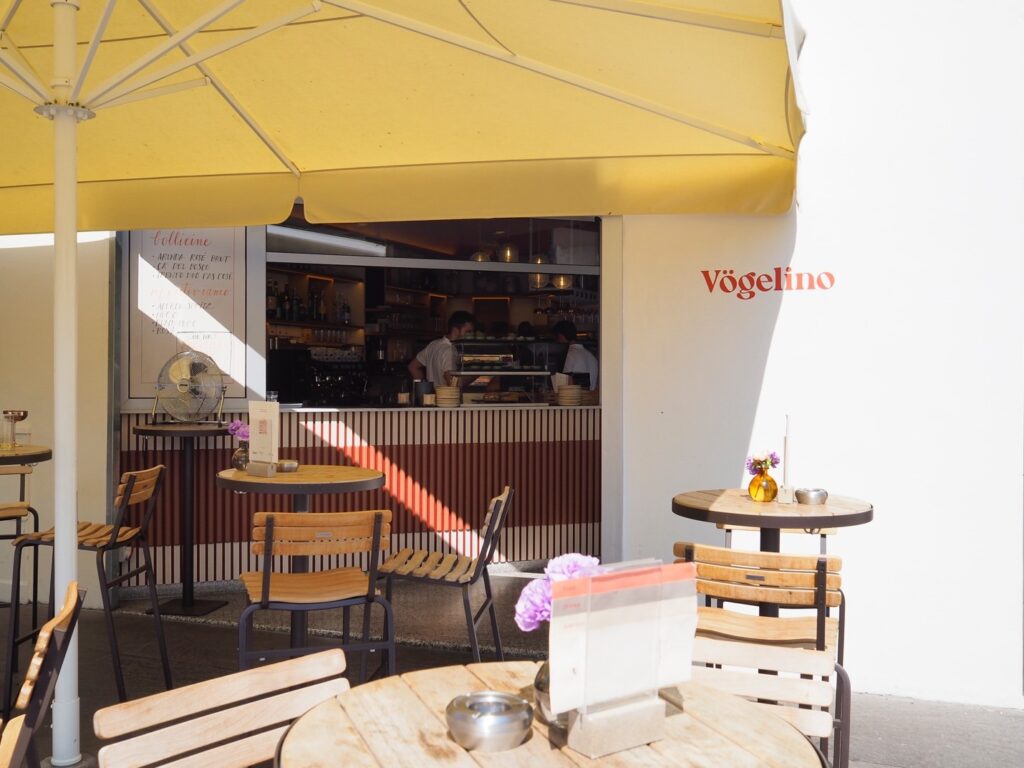
The Pustertal (in Italian, Val Pusteria) is a valley in the mountainous South Tyrol region of Northern Italy, the region on the border of Italy and Austria and known in Italian as Alto Adige. Until the end of the First World War, this was territory that belonged to the Empire of Austria-Hungary. Two rivers flow along the valley: the Rienz, which flows west into the Eisack from the watershed at Toblach; and the Drau/Drava, which flows east into Austria and Croatia, eventually emptying into the Danube. What might appear at first sight to be a remote alpine valley, hemmed in by vast dolomitic peaks, cloaked in larch and fir and snowed in for much of the year, has in fact always been an important trade route and has been inhabited for a very long time, by prehistoric humankind and subsequently by Illyrians and Rhaetians—and then by the Romans, who left traces of a settlement named Sebatum in the town of St Lorenzen. The Pustertal was also an important outpost of early medieval Christianity: the Benedictine abbey at Innichen/San Candido, with its beautiful and imposing Romanesque church, was founded in 769 in ‘campo gelau’, the ‘icy field’.
In the 15th century, the Pustertal gave birth to a thriving school of painters and sculptors. Most worked in a northern Gothic style and many of them still remain anyonymous. Their names have not come down to us and very little, if anything, is known of their lives. Instead we have works attributed simply to the ‘Master of Uttenheim’, for instance, or the ‘Master of Niederolang’. Other masters are known by a first name appended to the town or village where they were active: ‘Leonhard of Brixen’ and his pupil ‘Simon of Taisten’ are two examples. Although the output of these painters and sculptors is primitive and stylised in many ways, it is always lively and amusing, often with humorous interjections and wry comments on everyday life. The world that they depict, in their scenes from scripture and hagiography, is the world in which they lived, with the features and lineaments of the people who inhabited the Pustertal at the time, as well as their costumes and landscape. It is also through these artists that the ideas of the Renaissance first reach the alps. While the talents of many of them might be said to be homely, there was clearly collaboration and an exchange of ideas going on; and some of the artists travelled to central Italy, bringing back a lot of what they had learned of perspective and depiction of the human form. Among them, one true genius emerges: Michael Pacher (1430/5–98. Born in the 1430s, he began his apprenticeship in Bruneck, from where he went to Padua, where he came into contact with the Venetian and Florentine art that was to have such a profound and visible influence on his own. Pacher is one of the greatest masters of the Tyrolean late Gothic, credited with bringing Italian Renaissance ideas of art to the Alps. He later opened a workshop in Bruneck, before moving to Salzburg, where he died.
Frescoes and altarpieces by the hands of these artists are preserved in churches and museums throughout the Pustertal region, in the places underlined in red on the map below.

What to see
1. Bressanone/Brixen. The Diocesan Museum in the Hofburg, the former seat of the Prince-Bishops, has two rooms devoted to sculpture and painting by Leonhard of Brixen, an artist who ran a successful workshop which he later passed on to his son.

2. Novacella/Neustift. The excellent museum of the Augustinian priory has works by many artists of the Pustertal school, among them Friedrich Pacher (who may have been Michael Pacher’s brother), Leonhard of Brixen, the Master of Uttenheim and Master of Niederolang. The former high altarpiece of the priory church, by Michael Pacher, is now—thanks to Napoleon—in Munich.



3. San Lorenzo/St Lorenzen. The parish church has a very fine gilded and painted sculpture of the Madonna and Child by Michael Pacher. The Child holds a bunch of black grapes, one of which he has plucked to taste.

4. Tesido/Taisten. Here the parish church has a tiny ceiling boss of the Madonna and Child by Michael Pacher. The little chapel of St George has exterior frescoes by Simon of Taisten.

5. San Candido/Innichen. The exterior of the south portal of the old abbey church has a fresco of the patron saints St Candidus and St Corbinian by Michael Pacher. Deep in the forest to the north of the town is the little chapel of St Sylvester, which has charming apse frescoes attributed to Leonhard of Brixen.

6. Campo Tures/Sand in Taufers. The castle has paintings by Michael Pacher.
7. Monguelfo/Welsberg. Outside the parish church is a painted tabernacle with a Madonna and Child, Crucifixion and other scenes by Michael Pacher. Though only partially conserved and much restored, it is perhaps the best place in the Pustertal to gain an impression of how modern this artist’s style was, and must have seemed in his day.


8. Brunico/Bruneck. Although Bruneck, where Michael Pacher lived and had his studio, has no works by the master, the building where he lived and worked, on the main street of the old town, is proudly emblazoned with his name.










